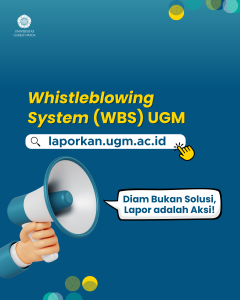On Monday, 11 November 2024, the Preclinical Laboratory at the OECF Building hosted a practicum focused on mandibular dislocation reduction. The event was attended by undergraduate students of the Faculty of Dentistry, alongside faculty supervisors and practicum assistants. The practicum aimed to enhance students' understanding of the fundamental principles and techniques involved in mandibular dislocation reduction—a condition characterized by excessive forward movement of the condyle, leading to displacement and fixation due to muscle spasms.
Mandibular dislocation is a significant clinical issue that can arise from various causes, including trauma, excessive yawning, or dental procedures. This condition occurs when the condyle moves too far forward, shifting beyond the articular eminence. Such displacement can result in severe pain and difficulty in mouth movement, making it crucial for dental professionals to be skilled in managing these cases.
The practicum began with a theoretical session introducing students to the anatomy of the temporomandibular joint (TMJ) and the mechanisms of dislocation. Lecturers emphasized the importance of understanding underlying anatomy to effectively perform reduction techniques. This foundational knowledge is essential for ensuring students can apply their skills in real clinical situations.
Following the theoretical introduction, students participated in hands-on training sessions where they practiced various reduction techniques under the guidance of experienced instructors. These techniques included manual reduction methods and the application of a head sling post-reduction, which is essential for stabilizing the jaw after repositioning.
The practical aspect of the session allowed students to build confidence in their skills. They worked in pairs, taking turns performing reduction techniques while receiving constructive feedback from peers and instructors. This collaborative learning environment fostered a deeper understanding of procedures involved in managing mandibular dislocation.
Beyond technical skills, the practicum also highlighted the importance of patient communication and care. Students were reminded that managing jaw dislocation is not only about technical procedures but also about ensuring patient comfort and providing clear explanations throughout the process. This patient-centered approach aligns with the Sustainable Development Goals (SDGs), particularly Goal 4, which aims to ensure access to quality education and healthcare services.
At the end of the session, students expressed their appreciation for the opportunity to engage in such a hands-on learning experience. This practicum significantly improved their understanding of mandibular dislocation and its management. The practicum not only equipped them with essential clinical skills but also reinforced the importance of empathy and communication in patient care.
This initiative reflects the Faculty of Dentistry (FKG) UGM’s commitment to providing high-quality education and training to future dental professionals. By incorporating practical experiences into the curriculum, FKG UGM ensures that students are well-prepared to handle the challenges of clinical practice.
The Mandibular Dislocation Reduction Practicum served as a valuable educational experience for all participants, emphasizing the importance of accessible healthcare education while contributing to broader efforts to improve health outcomes and ensure that future professionals are equipped with the necessary skills to deliver quality care.
Contributor: Sri Pujiatun | Author: Al Haqi Insan Pratama



